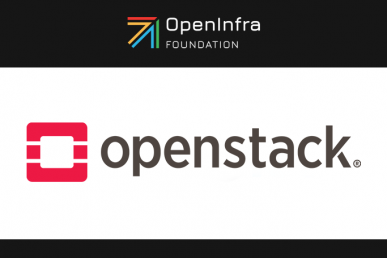A recently published 20-page eBook from Canonical offers up a four-phase plan to remobilizing the what it calls “StuckStack infrastructure” to regain organizational agility.
Here are some salient excerpts from the book titled “How to escape StuckStack and profit from your OpenStack investment” which you can download for free with registration here.
Prepare for change
“The infrastructure needs to be defined to model hardware and software, in a “try before you apply” form of modeling…stick to standard platforms and [do] not be needlessly ambitious.”
Build your standardized cloud infrastructure
The meatiest part of the advice, this is broken down into four points as well:
1. Work through your requirements and estimate what you will need to define your cloud architecture.
2. Implement your automation tooling to model and deploy your production cloud.
3. Run a cloud acceptance testing series. This ensures that whatever you eventually build will meets test requirements.
4. Continue to run operations and support using tools such as Bootstack and Ubuntu Advantage.
Migrate workloads
“Research which tools you will use to help you lift and shift workloads and think how you will be re-architecting these for containers and cloud…”
“Don’t assume that it will be straightforward migrating an existing workload in your current virtual machines to a newer one. It should be, but make contingency plans in case extra time is needed.”
Create the culture
“The key is to adopt a smoother model for managing change, with your development and operations departments coming together in a harmonious DevOps culture.”
After outlining Canonical’s tools, the report offers up some interesting case studies: WalMart, eBay, Deutsche Telekom and JuJu.
In addition to the tips, they lay out some general sound advice: “One of the sources of strength in the OpenStack community is that public access to source code means that the collective intelligence of many developers is shared. There are many groups sharing expertise…various project-specific security experts, commercial OpenStack vendors and OpenStack project developers.”
Cover Photo // CC BY NC
- Demystifying Confidential Containers with a Live Kata Containers Demo - July 13, 2023
- OpenInfra Summit Vancouver Recap: 50 things You Need to Know - June 16, 2023
- Congratulations to the 2023 Superuser Awards Winner: Bloomberg - June 13, 2023

)










